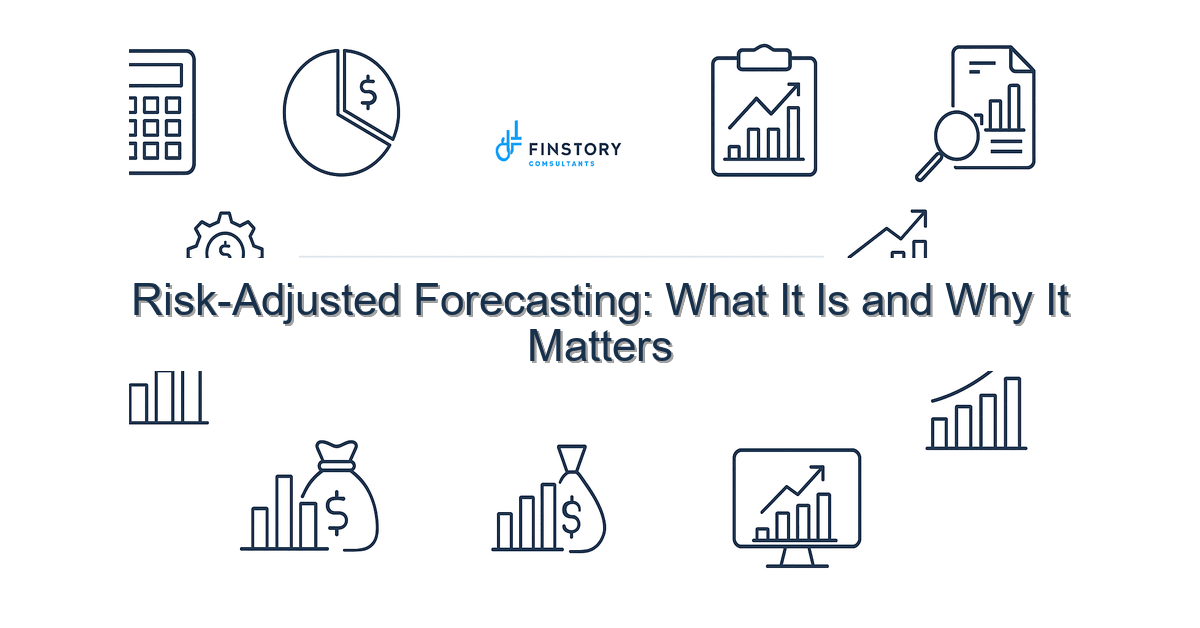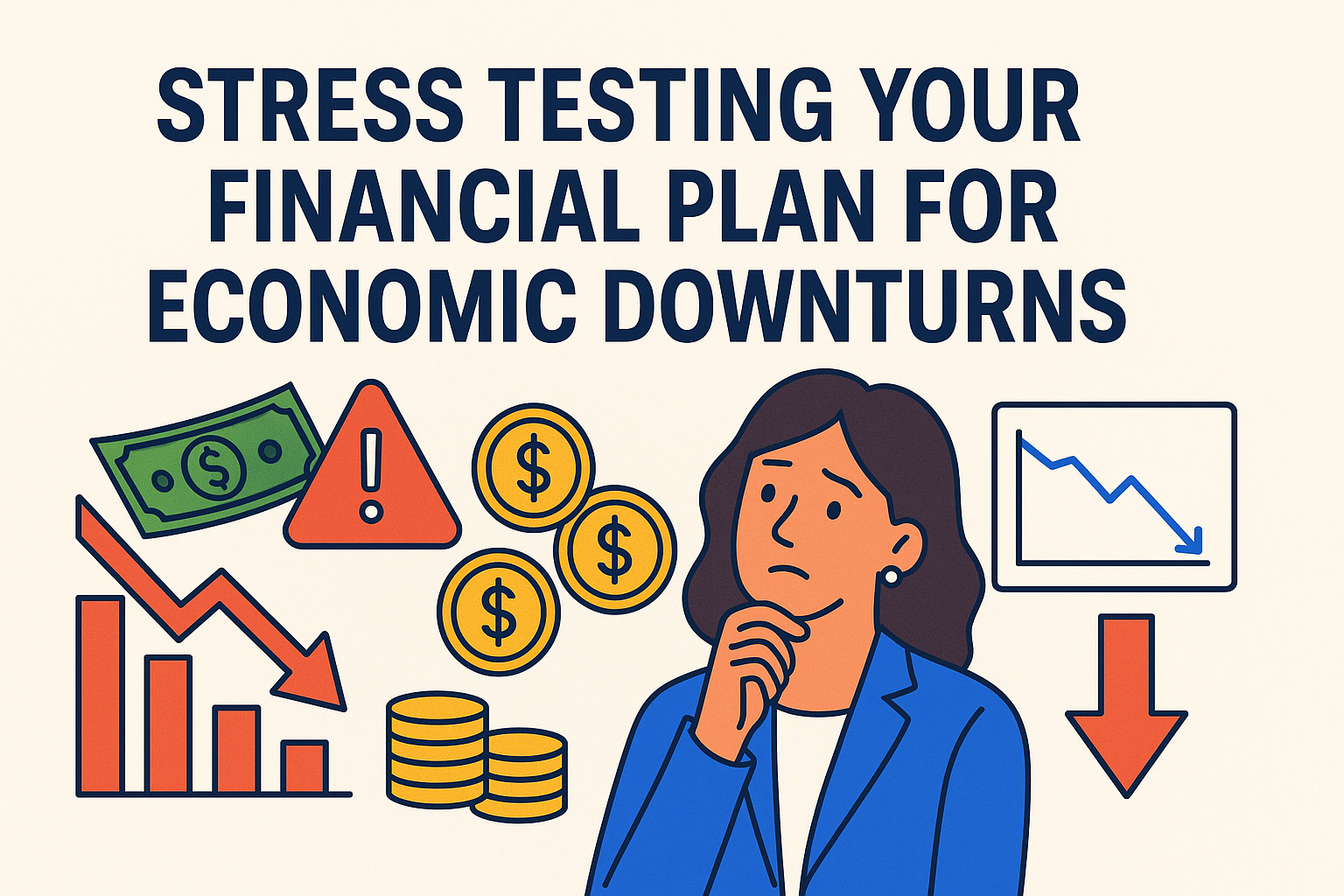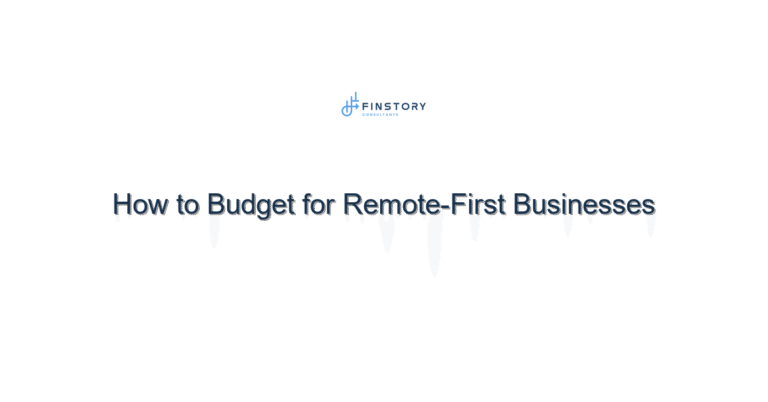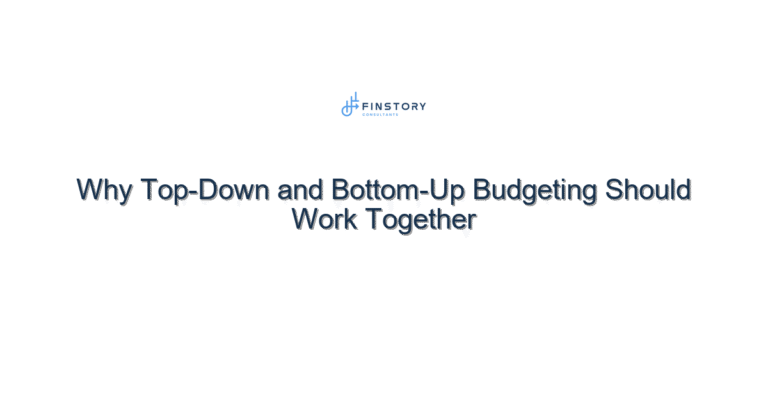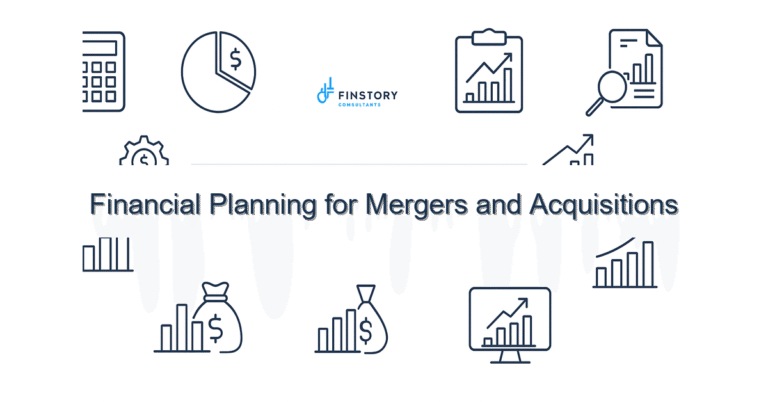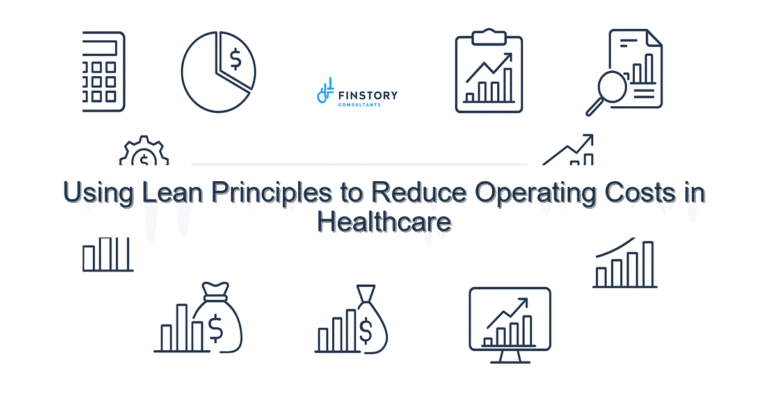Risk-Adjusted Forecasting: What It Is and Why It Matters
You’ve lived the late-night calls and the tense board meetings when a patient surge or a revenue shortfall blindsides your team. It feels personal — you want predictable budgets and decisions that survive uncertainty.
Summary: Risk-adjusted forecasting gives healthcare operations leaders and finance heads a practical way to model uncertainty, reduce forecast variance, and turn reactive scrambling into confident planning. With a clear framework, the right data, and focused tools, you can improve accuracy, shorten planning cycles, and protect cash flow.
What’s the real problem? — Risk-adjusted forecasting
Too often, forecasts in hospitals and health systems feel like wishful thinking or a single point estimate pasted into a slide deck. The world — from seasonal flu to payer mix shifts to regulatory changes — rarely follows one neat path. When leaders ignore variability, budgets break and operational teams face impossible trade-offs.
- Revenue swings from elective procedure postponements or payer denials create sudden budget gaps.
- Staffing and supply costs spike unpredictably during demand surges.
- Long planning cycles mean your numbers are stale before executive review.
- Leadership mistrust grows as actuals regularly miss forecasted targets.
What leaders get wrong — Risk-adjusted forecasting
Many smart finance teams fall into the same traps. They assume a single “best guess” is enough, or they treat variance as noise to be smoothed away. Others over-rely on historical averages without accounting for structural changes like new payer contracts or service line expansions.
Common pitfalls:
- Using static spreadsheets with one scenario: no upside, no downside.
- Ignoring operational inputs (bed capacity, clinic hours, staffing constraints) that drive volume and cost.
- Failing to quantify risk — e.g., not translating probability into financial impact.
- Communicating forecasts as facts instead of conditional outcomes that need contingency plans.
A better approach — Risk-adjusted forecasting in healthcare operations
Risk-adjusted forecasting means building scenarios, assigning probabilities, and turning those scenarios into dollar impacts you can act on. It changes forecasting from a single number to a decision-making tool.
Five-step framework:
- Define material risk drivers: volume, case mix, reimbursement, staffing, supply costs.
- Build 3–5 scenarios: baseline, downside (stress), upside (opportunity), and trigger-based event scenarios.
- Assign probabilities using historical variability, epidemiology, market intel, or expert judgment.
- Translate scenarios into P&L, cash flow, and operational KPIs using driver-based models.
- Create decision rules and triggers: what actions you’ll take at 25%, 50%, or 75% confidence thresholds.
Real-world story: A regional health system we worked with modeled a 15% elective surgery reduction during a flu season surge. By assigning a 30% probability to that scenario, they pre-approved a temporary staffing flex plan and reallocated $1.2M from discretionary spend. When the surge arrived, they avoided a projected $800k shortfall and kept patient throughput stable.
Quick stat to keep top of mind: teams that move from single-point to scenario-based forecasting often report double-digit improvements in forecast resilience — meaning fewer surprises and clearer contingency actions.
Quick implementation checklist
- List your top 5 financial risk drivers this quarter (e.g., OR volumes, outpatient visits, A/R days).
- Create three scenarios (baseline, downside, upside) for each driver.
- Assign simple probabilities (high/medium/low) and convert to % weights.
- Map each scenario to P&L line items using driver logic (e.g., 1% volume drop = X% revenue loss).
- Set two operational triggers (e.g., 10% capacity drop → activate staffing pool).
- Run a sensitivity table in Power BI or a spreadsheet to show impact ranges.
- Share a one-page dashboard with leadership that shows best/worst/cash runway.
- Schedule a 30-minute scenario review in your weekly ops-finance huddle.
- Document one contingency action per material downside scenario.
What success looks like
When risk-adjusted forecasting is working, you’ll see measurable changes:
- Forecast accuracy improves: variance to budget shrinks (e.g., reduce monthly variance from 6–8% to 2–4%).
- Decision cycle time shortens: reviews and approvals drop from weeks to days.
- Cash volatility decreases: smaller swings in weekly/monthly cash balances.
- Operational responsiveness increases: pre-approved contingency actions executed faster.
- ROI on planning: lower emergency spend and fewer last-minute staffing premiums (often offsetting implementation costs within a year).
Risks & how to manage them
Top risk: Garbage in, garbage out. Poor-quality data or unrealistic probabilities will create false confidence. Mitigation: start with a small, high-impact area (e.g., OR volumes) and validate assumptions with frontline clinicians.
Second risk: Analysis paralysis. Teams try to model everything. Mitigation: prioritize material drivers and use simple probability bands at first.
Third risk: Poor communication. If leadership treats the range as weakness, the team reverts to single numbers. Mitigation: present the forecast as a decision tool — show actions tied to scenario triggers.
Tools & data
Risk-adjusted forecasting is much easier with modern tools. Use finance automation to pull timely GL and operational feeds, driver-based models to link volume to revenue, and Power BI for interactive leadership reporting.
Suggested stack:
- Finance automation to surface near-real-time actuals and accruals.
- Driver-based models in a scalable environment (not siloed spreadsheets).
- Power BI dashboards for scenario visualizations and leadership reporting.
- Regular operational data feeds: scheduling systems, EMR volumes, staffing rosters.
FAQs
Q: How is risk-adjusted forecasting different from sensitivity analysis?
A: Sensitivity analysis shows how outcomes change when one input varies. Risk-adjusted forecasting builds scenarios with probabilities and ties them to decisions — it’s about likelihood and action, not just exposure.
Q: How much complexity is too much?
A: Start simple: three scenarios, top 5 drivers, and clear triggers. Add complexity only after you’ve proven the process and measured outcomes.
Q: Can small hospitals do this, or is it only for big systems?
A: Small hospitals benefit even more: a single downside event can be existential. The methodology scales — the key is focus and discipline.
Next steps
If you want to reduce surprises and make forecasts that drive action, start by testing risk-adjusted forecasting in one service line or one finance process. Build a short scenario deck, add simple probabilities, and agree on triggers with operations.
Want help building that pilot? Contact Finstory for a tailored plan: we design the driver model, set up Power BI leadership reporting, and train your FP&A and operations teams on scenario playbooks. We’ll show you how risk-adjusted forecasting in healthcare operations converts uncertainty into clear, funded actions.
Work with Finstory. If you want this done right—tailored to your operations—we’ll map the process, stand up the dashboards, and train your team. Let’s talk about your goals.
Forecasting best practices • FP&A services • Automation in finance
📞 Ready to take the next step?
Book a 20-min call with our experts and see how we can help your team move faster.
Prefer email or phone? Write to info@finstory.net
or call +91 44-45811170.
